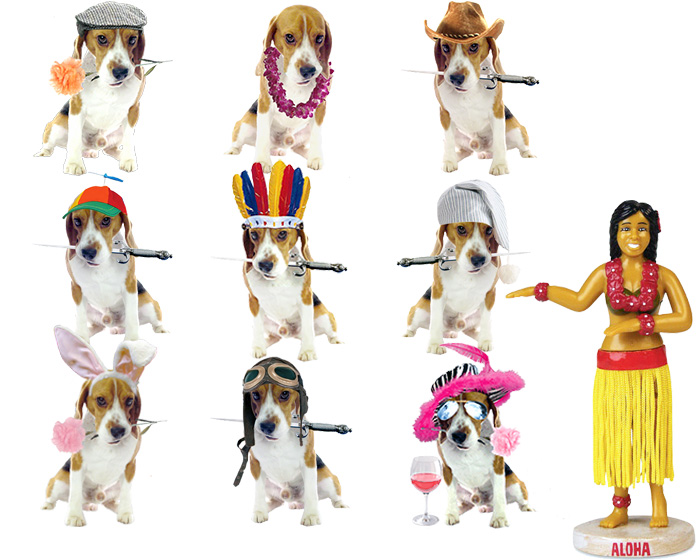Works of art are made by people who have tasted one or more of the nine juices of life and they want you to taste the juice, too. This was the belief of a teacher who lived in India 2,000 years ago. His thoughts were chronicled in the Natya Shastra of the Hindus. According to that teacher*, these are the Nine Juices of Life:
-
- Love heals pain and frees the ego. Your appreciation of beauty (gratitude) connects you to the source of love.
- Joy is expressed in laughter, contentment, and happiness. But if you pursue these things directly, they will evade you.Laughter, contentment and happiness are experienced only as a consequence of love.
- Wonder is the result of becoming fascinated with life. Playfulness and curiosity allow us to journey into mysteries that end in magical awe.
- Courage is the energy that comes when you call upon the Warrior within you. Courage manifests itself as bravery, confidence, and pride.
- Sadness allows you to experience compassion, that precious emotion that allows us to relate more deeply to one another. Grief is another expression of sadness, an inescapable part of healing.
- Anger is fire, heat and light. If anger is not acknowledged and respected, it becomes irritation, hatred, and violence. Feel your anger, but do not let it guide you. Actions taken in anger can destroy a lifetime of good.
- Fear is most commonly expressed as worry, doubt, and insecurity. When we hide beneath it, we shut down completely.
- Disgust is revulsion and rejection of something considered offensive, distasteful, or unpleasant. Disgust turned inward is self-pity and self-loathing. This cannot be healed except through love.
- Peace is not external, but within. It is that deep, relaxing calm that occurs when you become so full that you are empty. Five hundred and seven years ago, Giovanni Giocondo wrote about this kind of peace in a Christmas letter to a friend. “No peace lies in the future that is not hidden in this present little instant. Take peace!”
If our Hindu teacher was right, every actor, musician, storyteller, painter, poet, dancer, sculptor, photographer, novelist and playwright is trying to express one or more of those nine feelings: Love, Joy, Wonder, Courage, Sadness, Anger, Fear, Disgust, and Peace.
I’m not a Hindu, but I think the idea of the nine rasas is one worth contemplating.
It has always been my conviction that interesting perspectives and ancient wisdom can be found in religions that are not your own. But even so, I am always unsettled when a person says, “All religions teach basically the same thing.”
If a moral code is all you seek, then yes, most religions teach a similar moral code.
But the laughter and joy of a reckless faith is an altogether different thing.
Roy H. Williams
* The theory of rasa is attributed to Bharata, a sage-priest who may have lived sometime between the 1st century BCE and the 3rd century CE. It was fully developed in about the year 1000 by the rhetorician and philosopher Abhinavagupta.
 Charles Duhigg is the mega-bestselling author of The Power of Habit and Smarter Faster Better. Duhigg use masterful storytelling and real-life examples to help readers be more productive in all aspects of their lives. In today’s episode, Rotbart talks to Charles Duhigg about how he applies the lessons of his books to his own life. An extremely very interesting episode! The time is now and the place is MondayMorningRadio.com
Charles Duhigg is the mega-bestselling author of The Power of Habit and Smarter Faster Better. Duhigg use masterful storytelling and real-life examples to help readers be more productive in all aspects of their lives. In today’s episode, Rotbart talks to Charles Duhigg about how he applies the lessons of his books to his own life. An extremely very interesting episode! The time is now and the place is MondayMorningRadio.com
